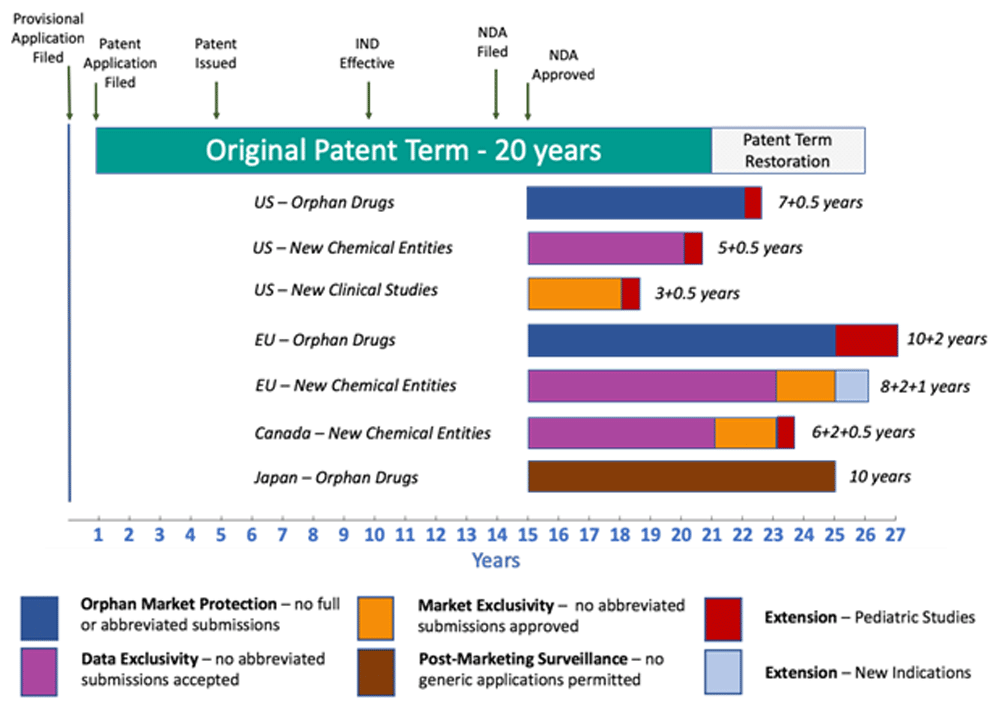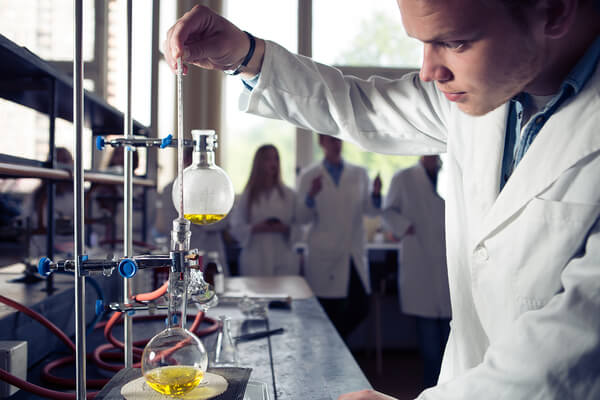
The pharmaceutical industry is a highly competitive and financially demanding sector. Developing a new drug requires significant investments of time, money, and resources. To protect these investments and ensure a return on them, pharmaceutical companies rely on patent protection and marketing exclusivity. These legal and regulatory mechanisms provide a period of market exclusivity, allowing companies to recoup their investments and generate profits before generic competitors enter the market.
The Importance of Patent Protection
Patents are a crucial aspect of the pharmaceutical industry. They grant the inventor exclusive rights over a new invention or medication, providing a monopoly over the invention for a specified period, typically 20 years. This exclusivity allows the patent holder to prevent others from commercially using the invention without permission, thereby ensuring a significant economic advantage. As research costs continue to rise and generic drug companies wait to compete as soon as a patent expires, maximizing patent term for successful products is essential for fending off generic competition and extending the product lifecycle.
Strategies for Extending Patent Protection
Pharmaceutical companies employ various strategies to extend the life of their patents and maintain market exclusivity. These strategies include:
New Formulations: Developing and patenting new formulations of a known compound that promote patient compliance, ease of use, or exhibit improved therapeutic outcomes can effectively extend patent term and market exclusivity.
New Methods of Use: Obtaining additional patents for new methods of using a compound in the treatment or prevention of a particular disease or condition can also extend patent protection.
Combination Products: Patenting combination products that include the original compound can further extend market exclusivity.
Patent Protection for Biologics: Biologics have a longer exclusivity period of 12 years, which includes 4 years before an application for a biosimilar can be submitted and 8 additional years before approval.
Marketing Exclusivity: An Additional Layer of Protection
Marketing exclusivity is a key incentive for drug developers. It provides a fixed period of time following drug approval during which the sponsor can market their drug without direct competition from manufacturers of duplicate or reformulated products. There are several types of marketing exclusivity, varying in duration and statutory requirements:
- Biologic Exclusivity: 12 years
- Orphan Drug Exclusivity (ODE): 7 years
- New Chemical Entity (NCE) Exclusivity: 5 years
- Qualified Infectious Disease Product (QDIP) Exclusivity: 5 years (added to any existing exclusivity)
- Clinical Investigation Exclusivity (CIE): 3 years
- Pediatric Exclusivity (PED): 6 months (added to any existing exclusivity)
- Generic Drug Exclusivity (GDE): 180 days
Effective Marketing Strategies
To maximize the benefits of patent protection and marketing exclusivity, pharmaceutical companies must adopt effective marketing strategies. These strategies include:
Early Patent Filing: Filing for patent protection early in the development process ensures that the company can secure market exclusivity as soon as possible.
Strategic Patent Portfolio Management: Managing a patent portfolio strategically, including obtaining additional patents for new formulations, methods of use, and combination products, can extend market exclusivity and protect against generic competition.
Marketing Exclusivity Planning: Understanding the different types of marketing exclusivity and their durations is crucial for planning and executing effective marketing strategies.
Collaboration Between Scientists and Lawyers: Close interaction between pharmaceutical scientists and lawyers is necessary to ensure that patent protection and marketing exclusivity are effectively utilized.
Conclusion
In conclusion, patent protection and marketing exclusivity are critical components of the pharmaceutical industry. By understanding the various strategies for extending patent protection and leveraging marketing exclusivity, pharmaceutical companies can maximize their investments and ensure a return on them. Effective marketing strategies, including early patent filing, strategic patent portfolio management, and marketing exclusivity planning, are essential for maintaining market exclusivity and protecting against generic competition.
References:
- Angell, M., & Relman, A. S. (2002). Patents, profits & American medicine: Conflicts of interest in the testing & marketing of new drugs. Dædalus, Spring.
- NCBI. (n.d.). Patent protection strategies. PMC – NCBI.
- Berger, J., Dunn, J. D., Karst, K. R., Johnson, M., & Shear, W. C. (2017). How drug life-cycle management patent strategies may impact managed care. American Journal of Managed Care, 23(1), 14–16.
- Spruill, W. M., & Cunningham, M. L. (2005). Strategies for extending the life of patents. Alston & Bird LLP.
- Allucent. (n.d.). Marketing exclusivity for drug developers: What is it & different types. Allucent.
























